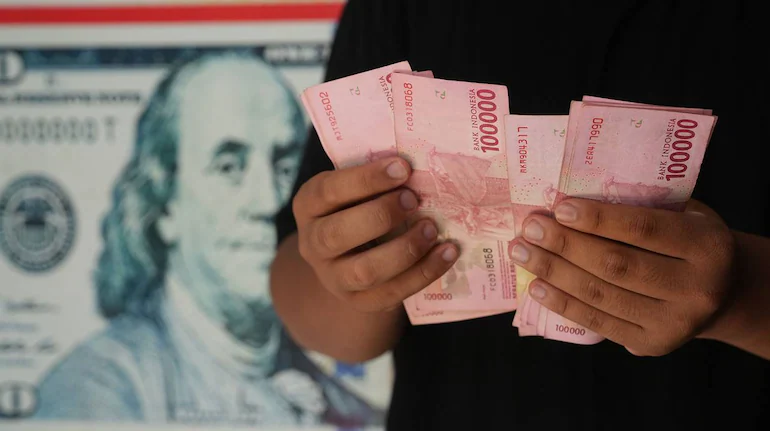Asian currencies can’t fight the dollar on a rampage

Asian currencies
Paul O’Neill, a Treasury secretary under George W Bush, ran into controversy on his first overseas trip when he had the temerity to question the often celebrated, and sometimes bemoaned, strong-dollar policy. O’Neill inherited the mantra from the Clinton years and regarded it as little more than rhetoric. That doctrine won accolades at home, but was considered unhelpful abroad, especially in Asia.
What the US really had, O’Neill argued, was a strong-economy policy. If growth was robust, relative to others, that would be reflected in the value of the greenback. If it waned, then the dollar would decline. People should just chill. That advice is as good today in Tokyo, Seoul, Jakarta and New Delhi as it was a few decades ago. Contemporary Treasury officials don’t talk — and aren’t pestered — as much about foreign-exchange policy as their predecessors. But the strong dollar sure exists in practice, and it reflects a surprisingly resilient American economy. Nations on the receiving end in 2024 have no great choices, but aren’t totally powerless.

The rally this year wasn’t supposed to happen. Many forecasters predicted a pullback, premised on indications from the Federal Reserve that inflation was retreating sufficiently, and the economy cooling enough, to warrant some reduction in interest rates. Now, Fed officials are having doubts. After some very encouraging declines in the pace of price increases, progress has been disappointing recently. The job market remains muscular, retail sales are doing well, and manufacturing is reviving. Chair Jerome Powell signaled Tuesday that borrowing costs will need to remain high for longer. This is a setback for the Fed, but a boon for the dollar.
The shift is reverberating through Asia. The Indian rupee fell to a record low Tuesday. Indonesia waded into the market to back the rupiah and South Korea issued a rare warning about pushing the won too low. Japan has been trying to cushion the yen’s fall by foreshadowing steps; a weaker yen pushes up the cost of energy imports, Japan is a big consumer. Despite a historic rate increase last month by the Bank of Japan, which was supposed to turn around the currency, it slumped to a fresh 34-year low. Japan hasrefrained from its maximum, direct threats of intervention. The government may yet get there, but the prudence is wise. The last thing you want is to directly fight the dollar when it is on a rampage. Best to pick your moment.
Asian currencies
That’s right, the US dollar has been particularly strong recently, making it difficult for Asian currencies to keep up. Here’s a breakdown of the situation:
Asian currencies
- Dollar’s Strength: The US dollar is seen as a safe haven currency during economic uncertainty. With global issues like inflation and potential recession, investors are flocking to the dollar, driving its value up.
- Asian Currencies Struggle: This rise in the dollar makes imports for Asian countries more expensive and hurts their exports. Countries like Japan have tried raising interest rates to strengthen their currencies, but it hasn’t been very effective against the dollar’s surge.
- Challenges of Intervention: Directly intervening in currency markets to weaken the dollar is a risky strategy. It can be expensive and ineffective, especially when the dollar is on a strong run.
There are concerns that a persistently weak currency could lead to inflation and economic instability in some Asian countries.
